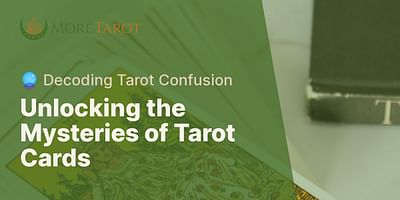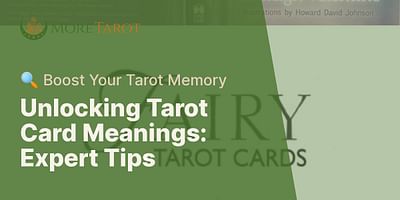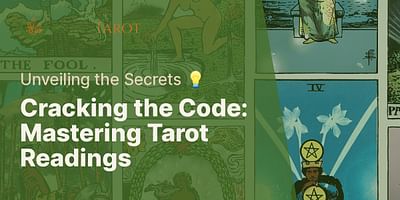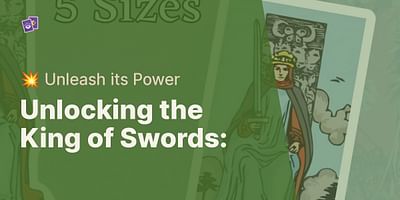Barbara Carter is a respected tarot reader and spiritual advisor with more than two decades of professional experience. She possesses an intricate comprehension of Tarot and its profound symbolism. Barbara is celebrated for her precise and insightful readings, assisting individuals in charting their personal life paths. Beyond her role as a spiritual guide, she is also an accomplished author with several published works on Tarot and spirituality.
Dear Reader,
Thank you for reaching out with your question about the meanings of tarot cards in different decks. It's a great inquiry, and I'm here to shed some light on this topic for you.
When it comes to tarot cards, the meanings can indeed vary between different decks. While there are core interpretations that remain consistent across most decks, each deck has its own unique symbolism and artistic style that can influence the nuances of the card meanings. This is what makes tarot such a rich and diverse tool for divination and self-reflection.
Let's dive deeper into this fascinating subject. While the core meanings of the cards, especially the Major Arcana, tend to remain relatively consistent across decks, the imagery and symbolism used can differ significantly. For example, the traditional Rider-Waite-Smith (RWS) deck, which is widely regarded as the standard tarot deck, has a distinct visual language that has influenced many other decks. However, other decks may deviate from this imagery and offer their own interpretations.
When working with different decks, it's essential to familiarize yourself with the specific meanings and symbolism of each deck. Take the time to study the accompanying guidebook or explore online resources that discuss the deck you're using. This will help you understand the unique perspective and energy that the deck brings to your readings.
Additionally, it's worth noting that some decks may have additional cards or variations on the traditional tarot structure. These extra cards can provide expanded meanings or alternative interpretations. So, if you're using a deck with extra cards, be sure to explore their meanings and integrate them into your readings accordingly.
Now, let's address the question of reversals. Reversals occur when a card is drawn upside down, and they can add depth and complexity to a reading. While the upright meanings of tarot cards generally remain consistent across decks, the interpretations of reversals can vary. Some decks may offer specific reversal meanings in their guidebooks, while others may leave it open to the reader's intuition.
To navigate these differences, I recommend starting with the guidebook or accompanying materials for the deck you're using. Familiarize yourself with the author's approach to reversals. If the deck doesn't provide reversal meanings, trust your intuition and consider how the reversed energy of the card may alter its upright interpretation. Remember, tarot is a deeply personal practice, and your connection to the cards is just as important as any prescribed meanings.
In conclusion, while the core meanings of tarot cards remain relatively consistent across decks, the specific interpretations can vary due to the unique symbolism and artistic style of each deck. Take the time to study and connect with the deck you're using, whether through guidebooks or online resources. Embrace the diversity of tarot and trust your intuition as you explore the meanings of the cards.
I hope this answer has provided you with the clarity you were seeking. If you have any further questions or need assistance with anything else, please don't hesitate to reach out. I'm here to support you on your tarot journey.
Blessings,
Serena Moonstone















